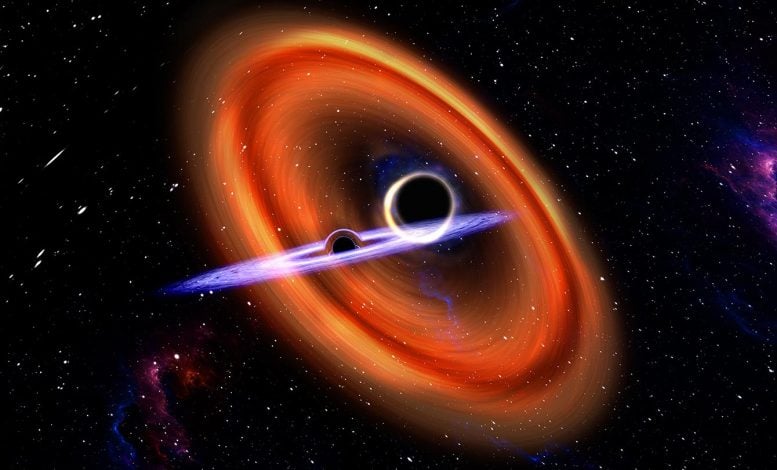Twin Black Hole Collisions Offer the Most Precise Test of Einstein’s Theory Yet

Summary
Recent black hole mergers observed by the LIGO-Virgo-KAGRA Collaboration provide a groundbreaking test of Einstein’s general relativity. The discoveries include an exceptionally fast-spinning black hole and one with an unexpected rotational direction, challenging existing astrophysical theories.
Key Insights
What makes the recent twin black hole collisions a precise test of Einstein’s general relativity?
The recent black hole mergers, especially the event GW241011, were observed with exceptional clarity and precision by the LIGO-Virgo-KAGRA collaboration. The data allowed scientists to test Einstein’s general relativity under extreme conditions by comparing the gravitational wave signals with theoretical predictions, including Roy Kerr’s solution for rotating black holes. The observed signals matched Einstein’s predictions with unprecedented accuracy, including the detection of higher harmonic frequencies (overtones) in the gravitational waves, which are subtle features encoding black hole structure.
Why are the spins and masses of the black holes in these mergers significant?
The black holes involved in these mergers showed unusual properties: one black hole was spinning exceptionally fast, among the fastest observed, and the other had an unexpected rotational direction. Additionally, there were large mass differences between the paired black holes, with the larger being nearly twice as massive as its companion. These characteristics suggest that some black holes are 'second-generation,' formed from previous black hole mergers in dense environments like star clusters. This challenges existing astrophysical theories about black hole formation and evolution.